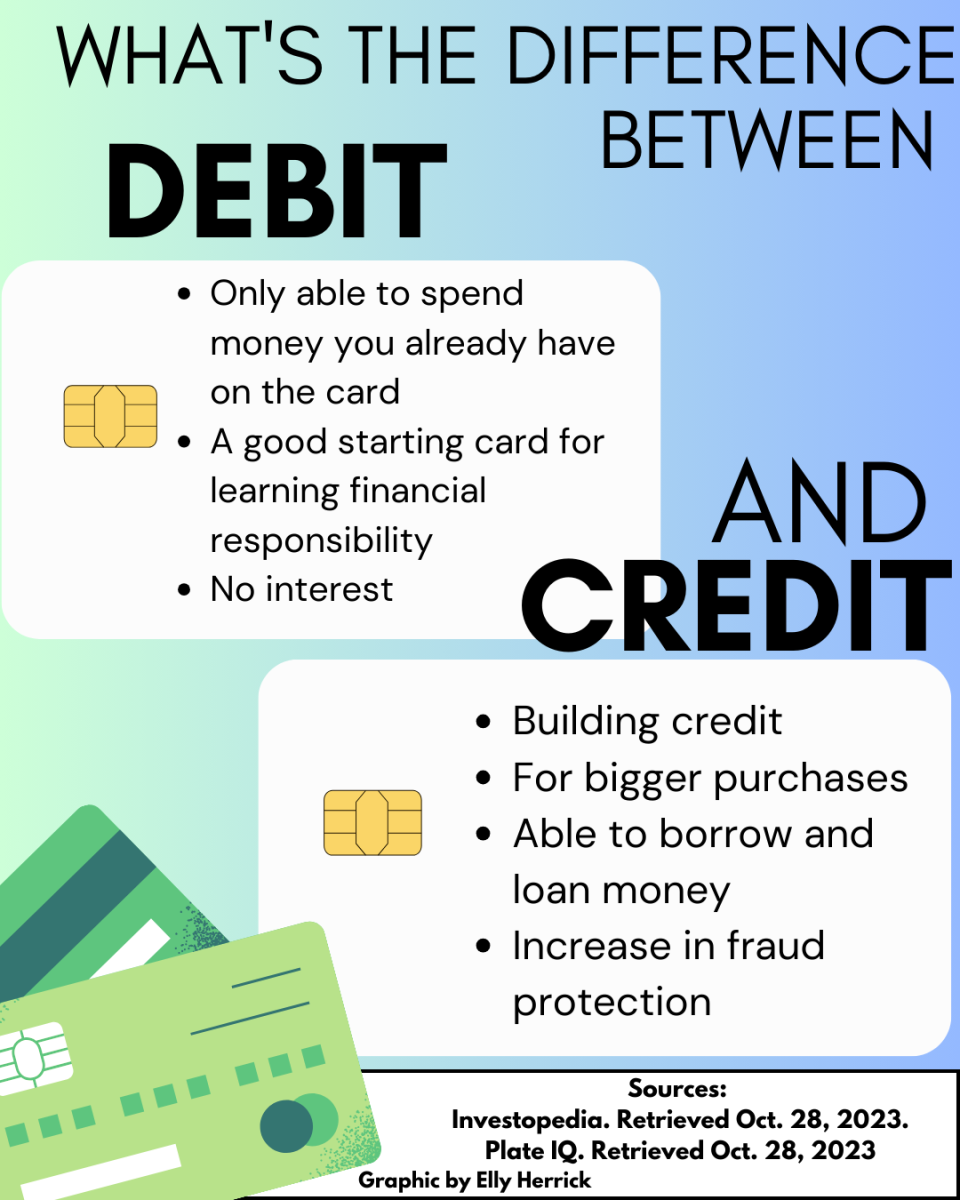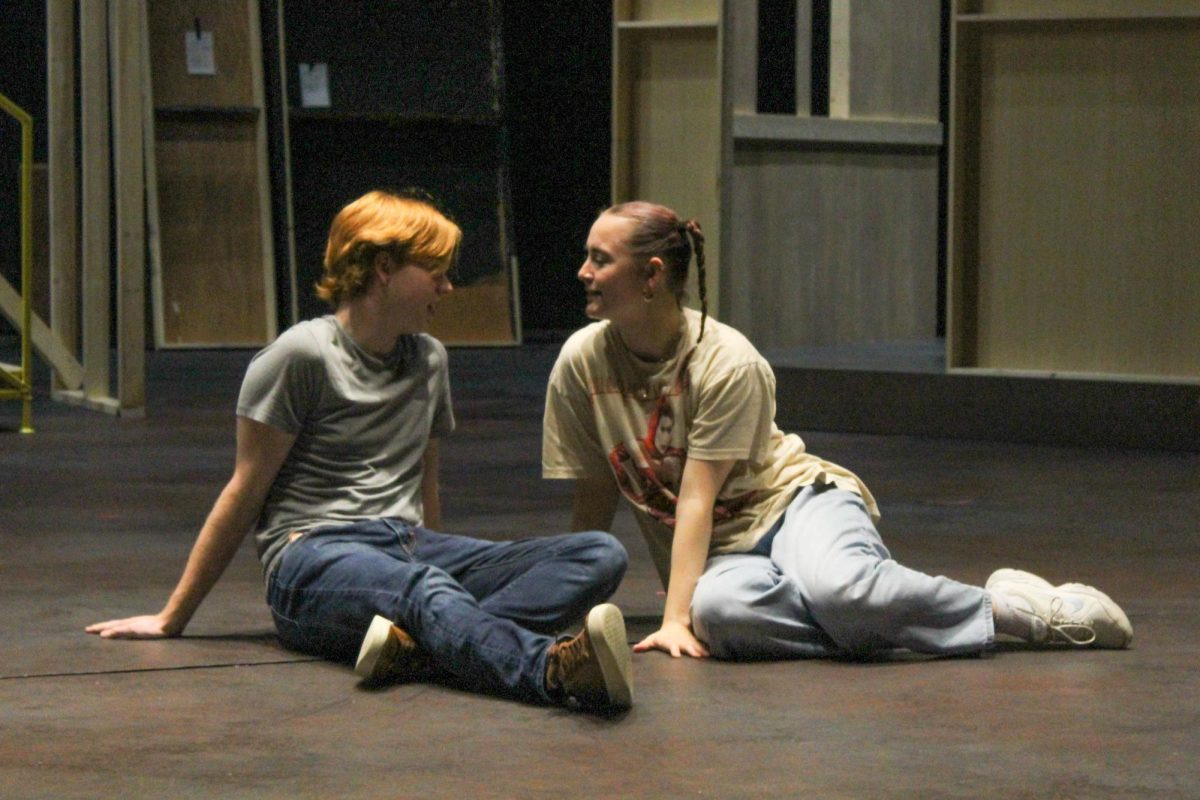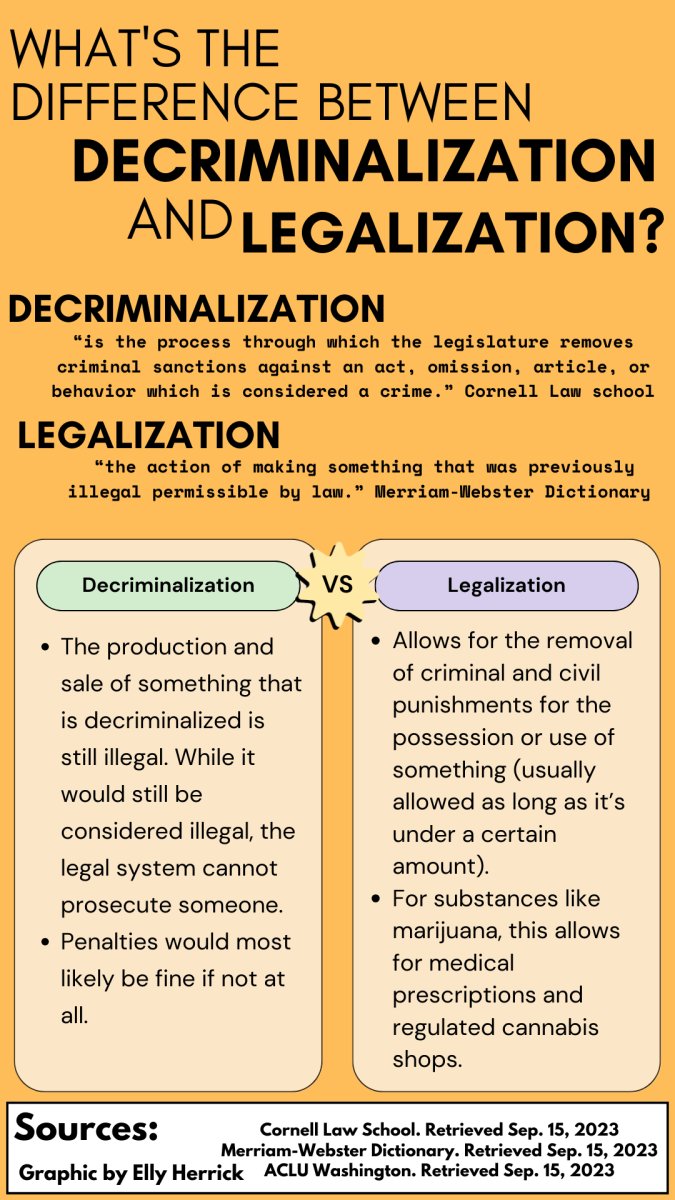Jordan Gerard/Winonan
Cheating on tests might earn a degree for flipping burgers at McDonald’s.
Winona State University faculty and Information Technology Services (ITS) experience incidents of cheating a few times a semester, which can be detrimental to students’ education.
“Students who cheat jeopardize their entire college career,” Ken Graetz, director of Teaching, Learning and Technology Services, said.
Cheating can disrupt a student’s and a professor’s life. It is a long process to prove that a student did not cheat.
English professors Paul Johnson and Debra Cumberland said they have seen intentional and unintentional cheating at least once a year.
Both professors agreed that students put a lot of pressure on themselves to complete assignments and perform well. Cheating may save them time, but creates bigger problems.
Cheating can mean a mark on students’ permanent record, a possibility of getting kicked out of their program and a possibly harder time finding a job if employers see that they cheated.
“What students don’t realize is that it’s easy to plagiarize or cheat but easier to get caught,” Johnson said.
Cumberland said professors know the differences between two students’ writing.
“Trust between a professor and student is very valuable and highly privileged,” Johnson said. “It’s almost impossible to repair that trust once broken.”
Graetz said there are three common methods that students use to cheat on tests and quizzes on Desire to Learn software (D2L). All are detectable by ITS professionals and faculty.
The first method is not attending class and logging in from off-campus or a residence hall room. If the professor sees “attempt in progress” on the D2L quiz log, but the student is not in class, that usually indicates cheating. This method is easy for ITS technicians to detect if professors take attendance.
The second method is starting the quiz in class and walking out as if finished, but not submitting the quiz. Students go to another location, get the right answers and then submit.
A professor knows by monitoring when a student comes in and when they leave. Professors can also check the time that each question was submitted to D2L, so if a student left the quiz and logged back in after the quiz period was over, it would mean they have cheated, Graetz said.
The last method is trading user names and passwords. The outside student logs in with the other student’s information and takes the quiz. The student in class refreshes their browser and gets the data for the quiz and submits it.
D2L shows this kind of cheating by indicating that there were “multiple quiz entries,” which means more than one person was logged into the quiz on the same student account.
The Minnesota State Colleges and Universities system is looking for more accurate and quicker ways to find cheating, said Graetz.
One way is looking at the IP addresses of computers that access the quiz. If the access time is different from the quiz time given in class, it means there was cheating.
Contact Jordan at [email protected]


































































